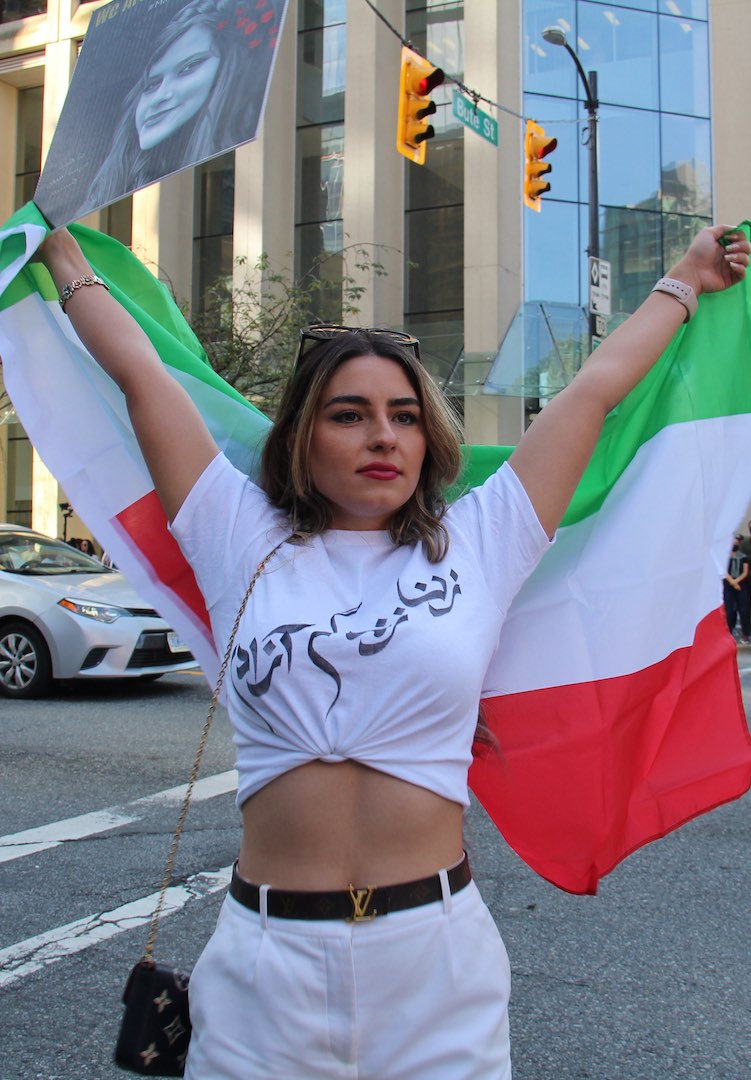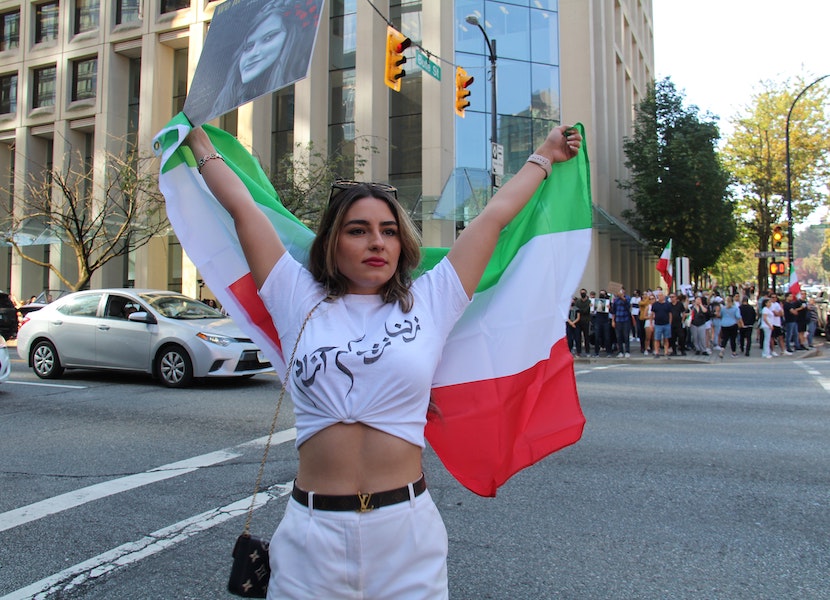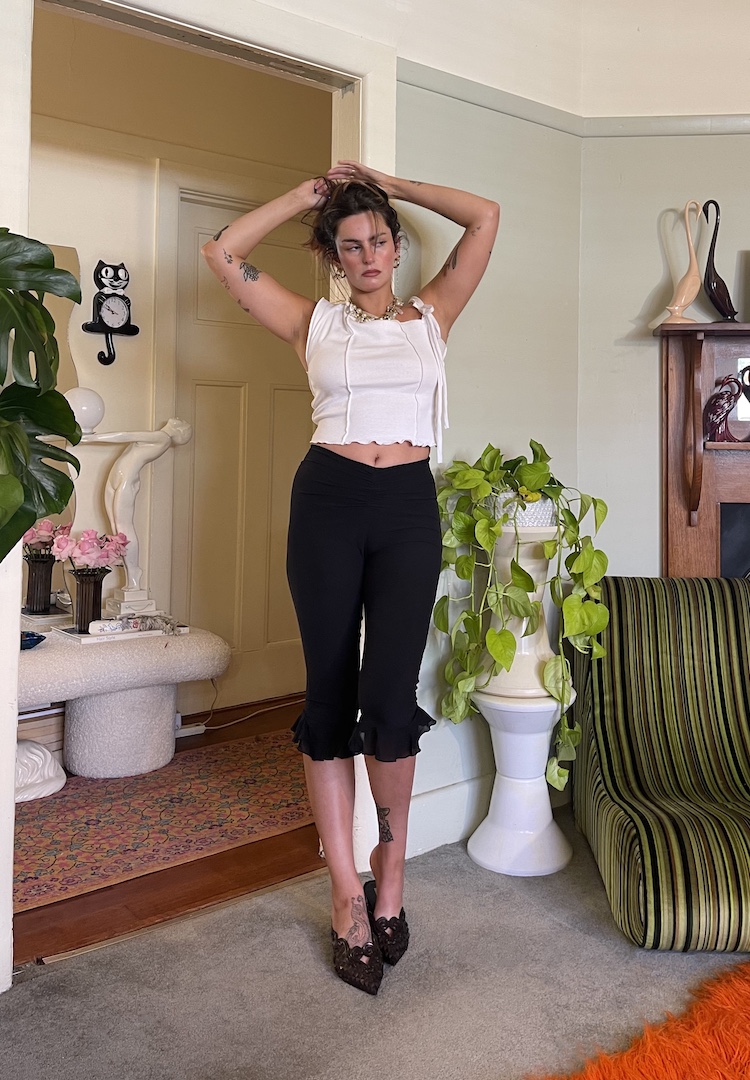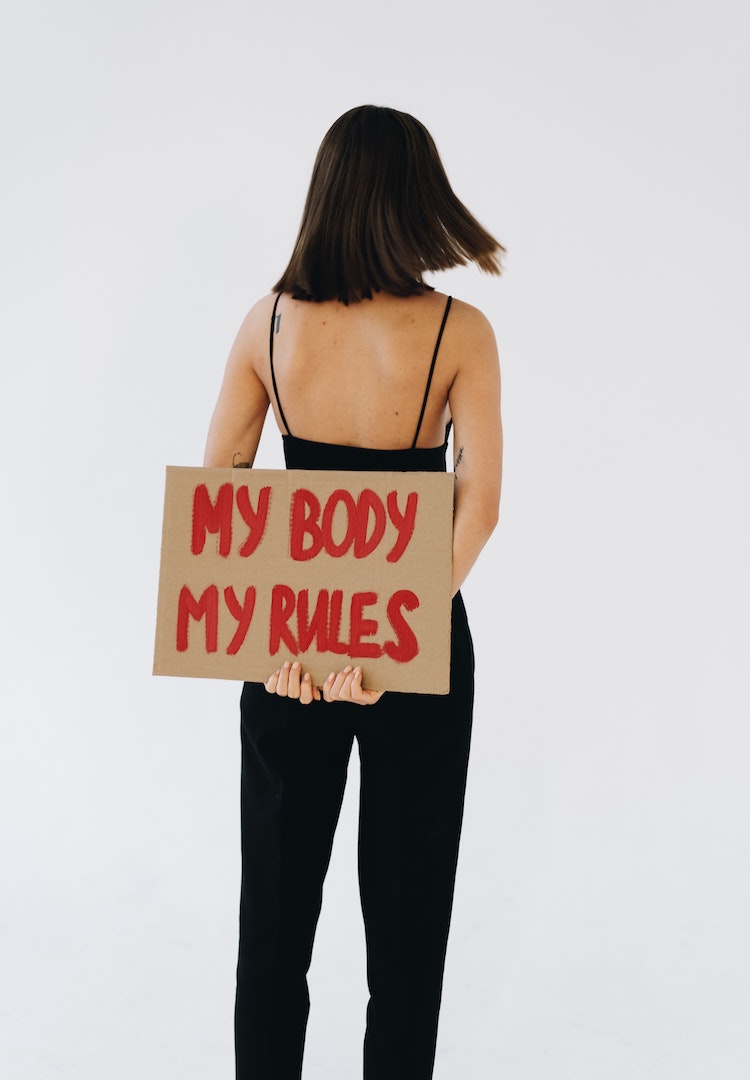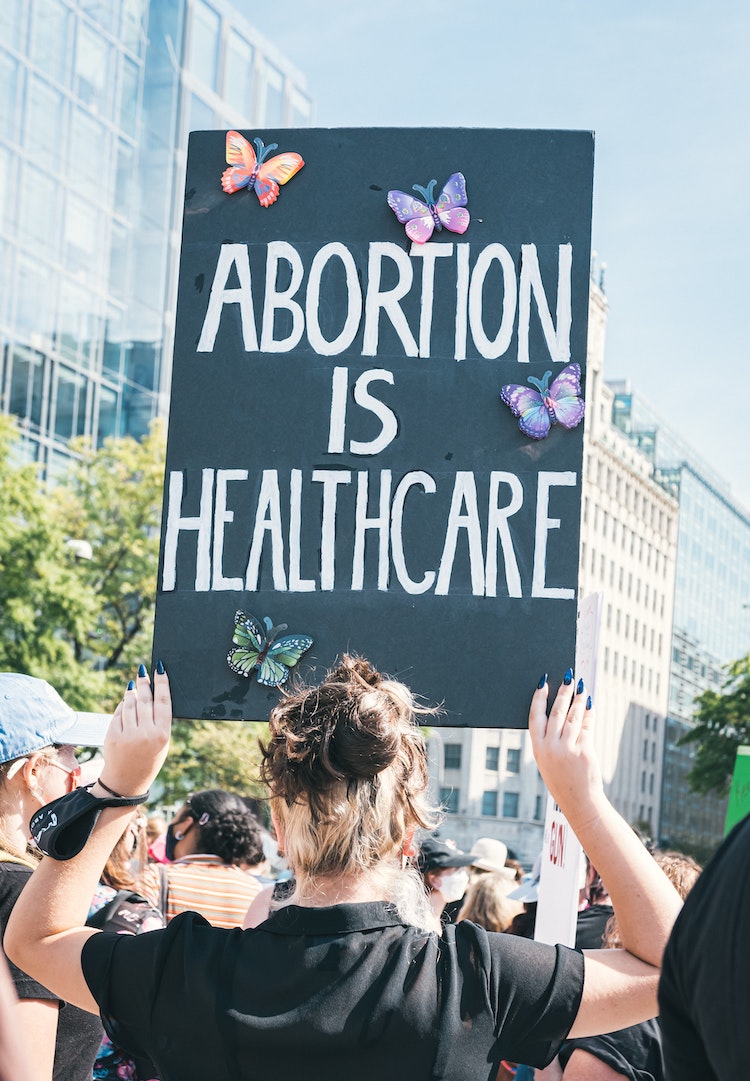Why Mahsa Amini’s death is changing Iran and the world
WORDS BY MARIAH Papadopoulos
“Hopefully, Iran will never be the same again because of this.”
Under a black sky, a crowd of thousands surrounds a bonfire. A young woman dressed in white breaks from the throng and twirls circles into the middle of the gathering, hair fanning out behind her. The crowd whistles and cheers, elated. She throws her arms in the air, face turned towards the sky, and then turns and casts her discarded hijab into the fire.
Over the last month, scenes like these have played out almost every day across the Islamic Republic of Iran, a country reeling amid protests led by incensed young women and girls. The protests, triggered by the death of 22-year-old Kurdish-Iranian woman Mahsa Amini, have renewed Iranians’ decades-long struggle for freedom and democracy.
For more mental health content, scroll through our Life section.
“Mahsa’s murder has really ignited this anger that was already burning deep inside women and inside young people, ethnic and religious minorities and members of LGBTQI groups,” says Tina Hosseini, a research fellow at Swinburne University, spokesperson for the Iranian Women’s Association and former Commissioner at the Victorian Multicultural Commission.
Mahsa Amini travelled to Iran’s capital, Tehran, from her hometown Saqqez with her family in September. Her Kurdish first name was Jhina, though she was not allowed to use it officially as Iran only accepts Persian names. She was with her brother at a train station in Tehran on September 13 when she was stopped by the morality police (a specialist unit enforcing Iran’s strict dress code). They accused her of defying the country’s hijab laws and arrested her because she was allegedly wearing her hijab too loosely.
Mahsa was loaded into a van, and her brother was told she would be taken to a detention centre for a ‘briefing class’ for reeducation, and then released an hour later. But Mahsa never made it to the centre. She was allegedly beaten inside the van before being taken to hospital. There, she remained in a coma for three days before she passed away.
Domestically, Mahsa’s alleged murder has inflamed tensions between people and the Iranian government and been the catalyst for a swelling movement calling to end the regime and its persecution of women and minorities.
“Mahsa or Jhina has become the codeword for this revolution in terms of garnering support, momentum and really bringing people together… for probably the first time in a long time, in terms of having this broader goal of regime change.
“Now we’re seeing protests in about 160 cities… People are seeing others courageously come forward, and feeling as though it’s the first time that they’ve ever been able to stand strong. [They] feel like this time is different, this time they can actually speak out,” Tina explains.
Tina says the widespread outrage following Amini’s death has helped mobilise the community to stand up to the regime’s oppressive rules in a unified manner. In Iran, all women must cover their hair with a veil or hijab, and wear long, loose-fitting clothing that covers their bodies. They are not permitted to leave the country without permission from a male guardian, like a father or husband.
Unmarried partners or friends of the opposite sex cannot hold hands or make physical contact in public, and risk being reprimanded or punished by the morality police if they are caught spending time together in public. Arts and entertainment are censored and dancing in public is forbidden. Homosexual behaviour, adultery and sex outside of marriage are illegal.
The flurry of social media posts about the uprising has cast light on the country’s past. Before the 1979 revolution, Iran was vastly different. “It was very connected with the West, and people experienced a lot more freedom. People were still religious but… having a boyfriend or a girlfriend or choosing to wear a headscarf, people could decide on those things, it wasn’t something imposed by the government. There was still some difficulty in speaking out against the Shah. But that was still minor compared to the way people live now,” Tina tells me.
But for the last 43 years, Iran has been a place where laws mandate almost everything about women’s bodies: which parts can be seen and by whom, where they may travel, whether they can dance, and where they may travel.
Tina says the current protests are not the first of their kind. “[People] have always been unhappy with the regime… but they felt too scared to come out. People who speak out against the regime, they have been suppressed.”
The regime is attempting to quash this uprising as it has done previously. Iran’s Human Rights Activists News Agency estimates over 200 have been killed since the uprising began. Amnesty International has reported the deaths of at least 23 children at the hands of Iran’s security forces since September 16. Internet blackouts haven’t prevented media coverage of the protests, but the continued oppression of ethnic and religious minorities has been eclipsed in the chaos.
This time, though, there is a feeling that real change is possible. “People are now willing to risk their lives and pay a price with their blood for the freedoms they want to see,” Tina says. “60 per cent of Iran’s population is aged below 30. This significant group… is defying all the restrictions the regime is trying to impose on them.”
For model and content creator Camelia Farhoodi, the differences between her cousins’ lives in Iran and her own in Melbourne are marked. “Just walking down the street, wearing a top because I love it and it’s short-sleeved – it’s just something that makes me feel confident. Just basic things that I’ve been able to live through and experience that unfortunately, they haven’t. It’s upsetting.
“I’ve been able to work from the age of 15, I’ve been able to drive a car, go to soccer games, tennis games, I’ve been able to do all these things. That unfortunately hasn’t been the reality for my family over in Iran.”
Camelia attended one of a series of protests in Melbourne’s Federation Square in response to Amini’s death. “The atmosphere was empowering but also sad, and unified. People need to understand it’s not just about Mahsa, it’s about all the people that have suffered from any strict government policies.”
Many believe there’s a possibility that the regime may be toppled. “It’s clear that they’re getting quite desperate to get people on their side and stop people from protesting. But after 43 years you can’t claim you’re open-minded and open to hearing people’s points of view when everything that you’ve done has proved otherwise,” says Camelia.
Now, an impassioned youth movement and burgeoning international pressure have triggered strikes by oil companies – something Tina says echoes the leadup to the 1979 revolution.
So how would a post-regime Iran change the world we live in? “It’s not just about supporting the Iranian people,” says Tina. “The Iranian regime has created an extremist terrorist hub… and interferes with neighbouring countries to create crises.
“This is a pivotal moment for global governments and communities to intervene, extinguishing the Iranian regime. Not only will the Iranian people be set free, but we’ll also get stability in the Middle East. The world will be a safer place”.
For Camelia, who would like to see women in Iran afforded the basic liberties she enjoys in Australia, the movement – despite the tragedies it has brought – is a source of optimism. “Hopefully, Iran will never be the same again because of this.”
For more on the protests in Iran, head here.


